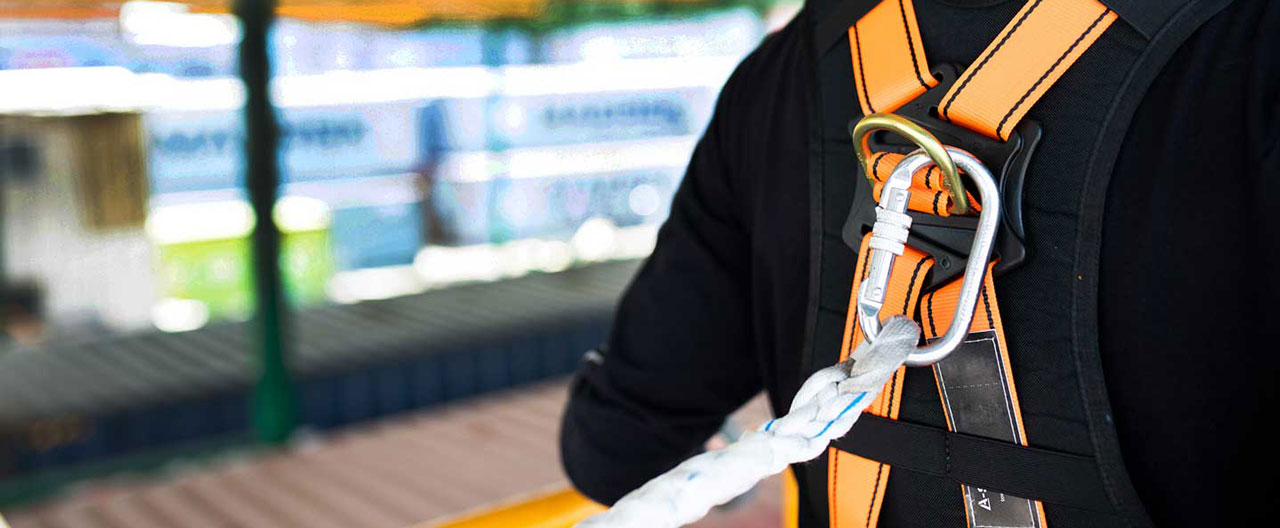- Individuals & Families
- Businesses
- Agents & Brokers
- Embedded Insurance

Chubb ranked #1 for Customer Satisfaction with the Home Insurance Claims Experience

Chubb ranked #1 for Customer Satisfaction with the Home Insurance Claims Experience

Chubb ranked #1 for Customer Satisfaction with the Home Insurance Claims Experience

Chubb ranked #1 for Customer Satisfaction with the Home Insurance Claims Experience

Because pets are family, Chubb now offers pet insurance with top-rated coverage from Healthy Paws.

Chubb offers the insurance protection you need for travel’s many “what ifs”.

Chubb protects small businesses at every stage – from newly formed start-ups to long-time anchors of the community.

Stay ahead of cyber threats with our free Cyber Claims Landscape Report.

Learn more about our dedicated learning paths, Online Learning Center, and more.

Many digital-savvy consumers look for it as a core or add-on option.

Many digital-savvy consumers look for it as a core or add-on option.

Many digital-savvy consumers look for it as a core or add-on option.

Chubb’s in-house technology makes it easy to integrate what we do into your customer experience.
-
About
-
Claims
-
Login & Pay Bill
For Agents & BrokersFor Travel Advisors
-
Back
Alarmingly, construction worker fatalities have been rising since 2015. On-the-job casualties in construction account for approximately 20% of deaths across all U.S. industries — and falls account for more than a third of these deaths.1
Whatever the size of the job—whether it’s a building a municipal bridge or replacing the roof of a three-family apartment house—working on a construction site presents the risk of grave injury from an accidental trip or a steep downward plummet. Preventing such falls is critical to improving workplace safety. Construction workers deserve to work in an industry that prioritizes safety; here are some best practices to help mitigate the danger of falls at your worksites.
1. Create a culture of safety in which everyone participates.
While, ultimately, it’s the responsibility of management to ensure a safe worksite, everyone at a worksite has a role to play. At the outset of any project, it’s important to:
- Put together a collaborative safety team that includes project field management, engineering, your insurer, and key crew members.
- Provide the necessary resources and equipment for a safe work environment.
- Set the tone and walk the walk by modeling and supporting a culture of “safety first” behavior, including for subcontractors.
As management can’t have eyes everywhere, workers need to look out for each other’s well-being. Encourage your crews to observe their work area closely and immediately report unsafe conditions – such as unprotected floor openings – or safety equipment that is damaged or being improperly used by colleagues.
2. Develop a proactive fall prevention plan
Prevention is the best “cure” for construction site falls and resulting injuries or fatalities, so proactive, fall specific plans are as important as hard hats. These should be regularly audited and updated; to start:
- Conduct a job hazard assessment (JHA) to identify exposures and involve designers and suppliers as necessary for each stage of the project. Consider looping in your insurance provider’s risk engineers, who can provide insights.
- Institute protocols particular to the project; for example, floor openings may necessitate internal permitting systems around removal, reinstallation, and inspection of guardrail systems.
- Obtain sign-offs to get in writing that contractors and other parties understand and commit to follow the Fall Prevention Plan.

3. Conduct fall prevention training
Require attendance at fall prevention and protection training on equipment and procedures. Consider the following when planning instruction:
- Hold training early and often—ideally, before each stage of work begins, after each job pause or suspension, and when new equipment or procedures are introduced. Include fallen worker rescue reminders; shorter briefings should be held before the start of shifts.
- Focus on proper set-up and use of ladders and scaffolds. Ladder and scaffold related accidents remain a leading cause of worker injury and fatalities.
- Include instruction on PFASs. Personal fall arrest systems provide critical safeguards in the event of a fall but only when worn and used correctly.
- Offer sessions in other languages if your workers are not native English speakers.
4. Establish a fallen worker rescue plan
Despite everyone’s best efforts, accidents do happen. When a fall does occur, everyone needs to know what immediate actions to take. An effective plan will outline emergency procedures, medical information, and communication protocols to ensure that injured workers receive treatment as soon as possible.
Also require an accident investigation after any incidents to understand what went wrong and prevent a repeat occurrence.
1 U.S. Bureau of Labor Statistics: Fatal occupational injuries for selected industries, 2015-19
Insights and expertise








This document is advisory in nature and is offered as a resource to be used together with your professional insurance advisors in maintaining a loss prevention program. It is an overview only, and is not intended as a substitute for consultation with your insurance broker, or for legal, engineering or other professional advice.
Chubb is the marketing name used to refer to subsidiaries of Chubb Limited providing insurance and related services. For a list of these subsidiaries, please visit our website at www.chubb.com. Insurance provided by ACE American Insurance Company and its U.S. based Chubb underwriting company affiliates. All products may not be available in all states. This communication contains product summaries only. Coverage is subject to the language of the policies as actually issued. Surplus lines insurance sold only through licensed surplus lines producers. Chubb, 202 Hall's Mill Road, Whitehouse Station, NJ 08889-1600.


